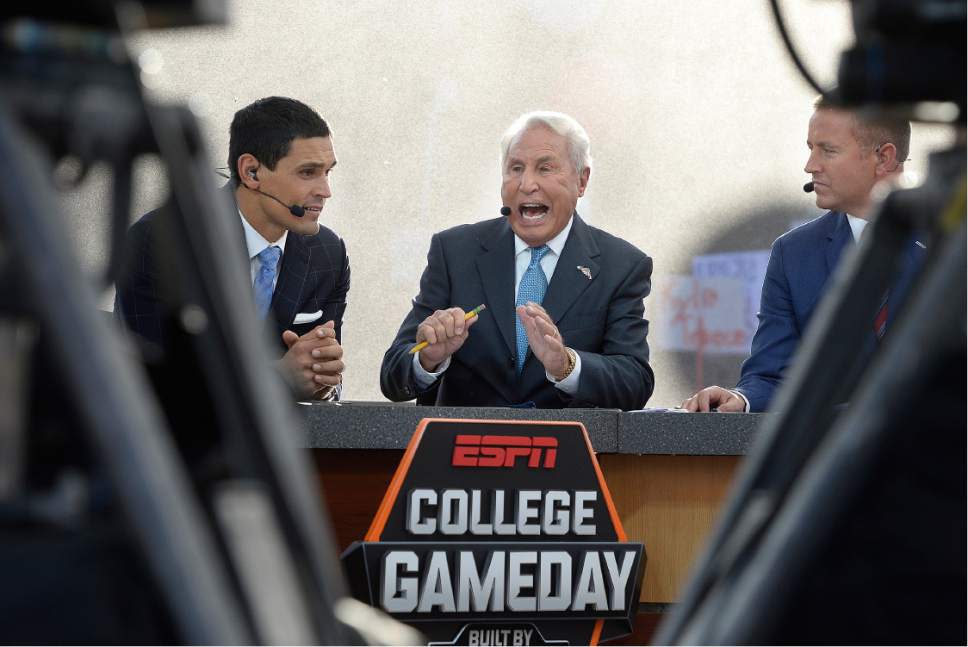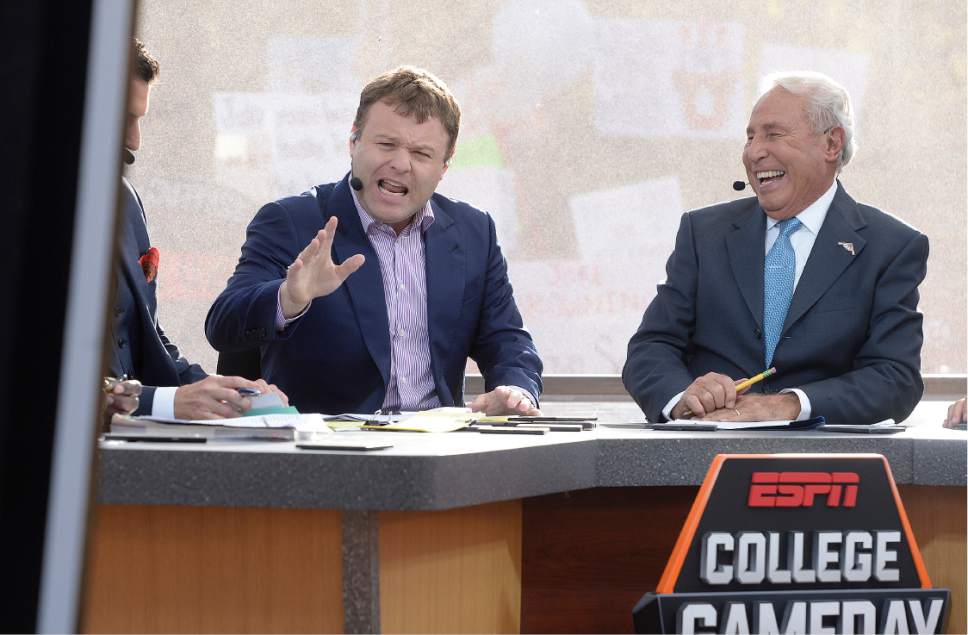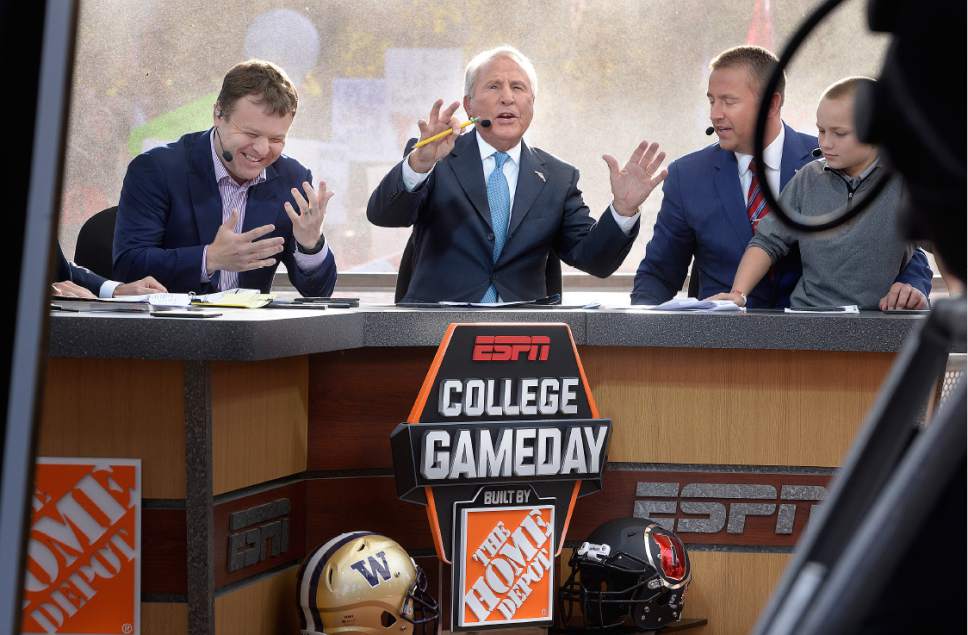This is an archived article that was published on sltrib.com in 2017, and information in the article may be outdated. It is provided only for personal research purposes and may not be reprinted.
With the high-profile layoffs and all the stories about how ratings are declining, there seems to be an impression that ESPN is on the verge of bankruptcy, if not total failure.
But if ESPN is failing, then every other sports cable network must be doomed. The money that the Worldwide Leader in Sports brings in dwarfs the revenues of its competitors.
Under the entirely accurate headline "ESPN is still the king of sports TV and it is not even close," Business Insider ranked the cable sports networks by the amount of money each brings in per year in subscriber fees, and the figures are startling:
• ESPN: $7.57 billion
• NFL Network: $1.18 billion
• Fox Sports 1: $1.16 billion
• ESPN 2: $940 million
• Golf Channel: $340 million
• NBCSN: $310 million
• MLB Network: $200 million
• ESPNU: $200 million
• NBA TV: $180 million
• FS2: $180 million
• Univision Deportes: $80 million
• Fox Deportes: $60 million
• beIN Sports Espanol: $50 million
• beIN Sports: $40 million
If you add up the subscriber fees of ESPN, ESPN2 and ESPNU, the company is pulling in $8.71 billion per year. And the Business Insider report did not include ESPN Classic, ESPNews, the Longhorn Network or the SEC Network.
Keep in mind that these figures are just subscriber fees. ESPN charges cable and satellite companies $7.21 for each household that subscribes to a programming package that includes ESPN — a cost that is passed along to consumers, of course.
ESPN (and every other commercial broadcast and cable network) also charges advertisers to air their commercials. So the company is bringing in far more than $8.71 billion per year in revenue. Hundreds of millions of dollars more.
Clearly not all is well at ESPN because the way Americans watch television is changing. Because of the cord cutters, ESPN has lost about 12 percent of its subscribers since 2011, down from a peak of about 100 million to about 88 million today.
But overall the number of homes that subscribe to cable or satellite TV has fallen 16 percent in that time, so ESPN is doing considerably better than the norm.
And there's research indicating that most of the 12 million subscribers ESPN lost weren't watching the channel, anyway.
Although the fact that those people were shelling out $50 a year for one channel they didn't watch may well have contributed to their decision to cut the cord.
By the way, ESPN's monthly subscriber fee has risen 54 percent over the past six years, from $4.69 to $7.21. Do that math and you'll be surprised to see that ESPN's annual subscriber revenue is about $2 billion MORE than it was six years ago.
Don't misunderstand this. ESPN clearly is having problems brought on by rising costs, including $1.9 billion per year to the NFL and $1.4 billion to the NBA. And like every other cable channel, ESPN didn't foresee the steep drop in subscriptions.
That's why ESPN is exploring over-the-top (OTT) delivery of its channels — methods that bypass cable and satellite operators, allowing it to charge consumers directly.
These are uncertain times for everyone in the cable industry.
But what's certain is that ESPN remains far and away the most powerful entity in sports TV.
Scott D. Pierce covers TV for The Salt Lake Tribune. Email him at spierce@sltrib.com; follow him on Twitter @ScottDPierce.









